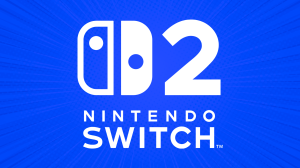Virtual reality is an incredible thing, but for some it can mean a more uneasy experience. Luckily for fans that are having a rougher time with their PlayStation VR setup, Sony is currently working on new technology to help with stimulation overload.
Videos by ComicBook.com
Sony first filed a patent back in 2017 to help make the PSVR experience even better by easing the affects of simulation sickness, motion sickness. The process began over a year ago but has only recently been published. Now that the patent has been pushed through, it’s time for Sony to begin the real work on how to implement the changes needed to make the experience smoother for all.
Thanks to our friends over at Upload VR, we’ve got an in-depth look at the patent in question:

According to all of the necessary paperwork, Sony hopes to improve upon the experience by giving the setup in question features to firmly situate a “health threshold value” that will be able to tell when the user is beginning to be over-stimulated. Many VR users report a sort of motion sickness with prolonged use – some almost immediate – and this technology hopes to change that.
There will also be a microphone implemented that is designed to target “negative” words that are evidence of user displeasure. Though this won’t prevent the motion sickness from occurring, Sony seems to believe that stopping the illness before it stops is improbable so instead they are targeting the after effects and are working on a means of control, rather than prevention.
Another interesting thing to note about the above patent is that it seems to suggest a wireless headset since it is fitted with a battery for a more self-contained set up. It will be interesting to see where Sony goes with this next, especially with so many units sold and much bigger virtual reality plans on the horizon.
What are your thoughts on the recent patent going through? Is Sony being thorough with their research, or are they focusing on the wrong aspect of VR? Sound off with your thoughts in the comment section below!









